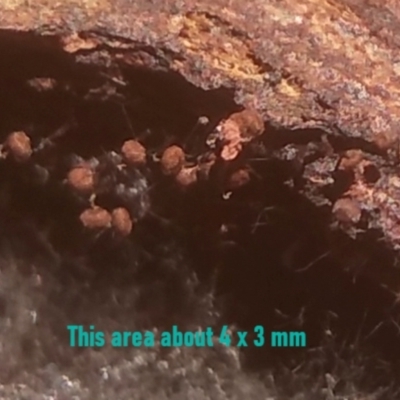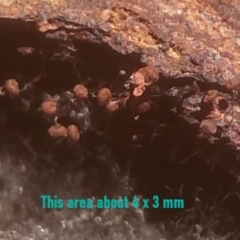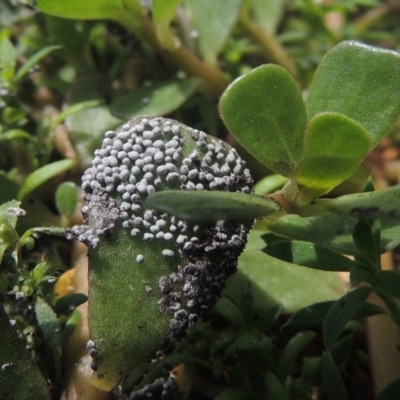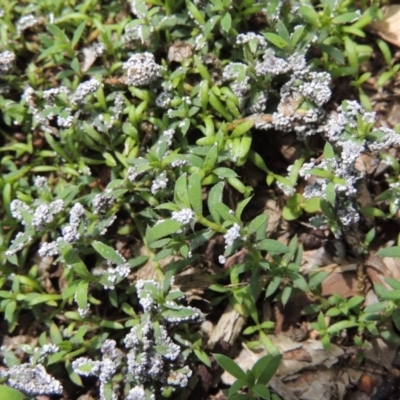Physarales (order)
The order Physarales is the largest group of Myxomycetes and currently comprises more than 450 accepted species (Lado 2005 – 2023).
Many Physarales are worldwide distributed in terrestrial ecosystems. Their fructifications are often found on rotten wood and other vegetal remnants and, exceptionally, from aquatic environments or on living substrates.
Physarales, as other Myxomycetes, prey on soil bacteria and other unicellular organisms probably playing a significant role in nutrient cycling in terrestrial ecosystems, given that nutrients are released through the feeding activities of bacterivores.
The traditional classification of the order Physarales recognises two families: Didymiaceae and Physaraceae. Members of both families present calcareous deposits in different parts of their fruiting bodies, but they differ in: 1) the type of capillitium; 2) the shape of the peridial calcareous deposits; 3) the chemical composition of calcium compounds; and 4) the way these deposits are excreted when fructification begins.
Within the order Physarales, between 16 and 18 genera have been recognized.
Physarales (order) is listed in the following regions:
Canberra & Southern Tablelands
Species information
- Physarales (order) Scientific name
- Common name
- Not Sensitive
- Local native
- Non-invasive or negligible
- Up to 896.7m Recorded at altitude
- Machine learning
- External link More information














